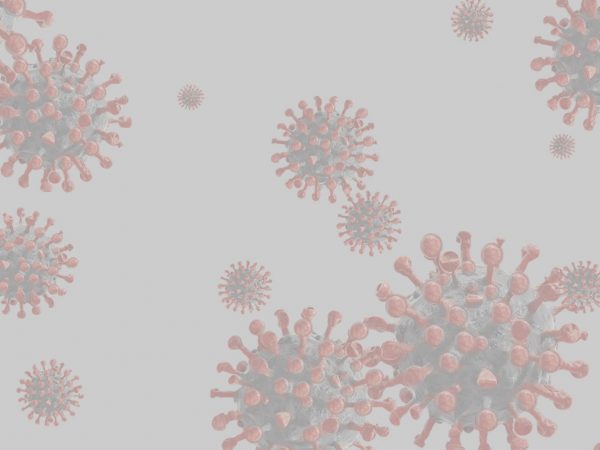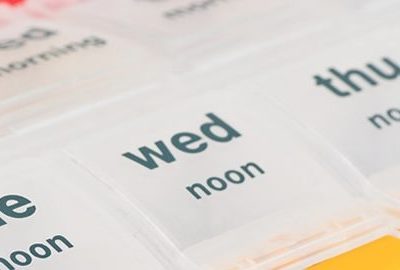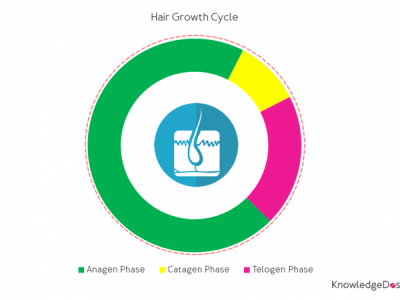Many drugs bind to plasma proteins to some degree.
The plasma proteins mainly involved in drug binding are albumin, α1-acid glycoprotein and lipoproteins. On the whole, albumin binds to acidic drugs (e.g. warfarin, phenytoin, indomethacin ) while α1-acid glycoprotein, lipoproteins or both bind to basic drugs.
Drugs that are highly bound to plasma proteins (> 90% bound) tend to have a delayed onset of action and longer duration of action compared to drugs that are poorly bound to plasma proteins.
Also, drugs that are highly bound to plasma proteins may be involved in drug interactions if two drugs which are highly bound compete for the same site of the same plasma protein. If two drugs that are highly bound to plasma proteins are competing for the same site of the same plasma protein, one drug can displace the other drug from its site. Competition between drugs for protein binding can lead to clinically significant drug interactions, but this is uncommon.1 From a clinical sense, this type of drug interaction could be associated with symptoms, side effects or toxicities when the displaced drug has a higher degree of binding to plasma proteins (>90%), reduced volume of distribution, narrow therapeutic index (e.g. phenytoin, digoxin, warfarin), and shows a rapid onset of the effect.2
Listed below are some drugs that are highly bound to plasma proteins:
- Acetazolamide
- Alfentanil
- Amiodarone
- Amitriptyline
- Atovaquone
- Bezafibrate
- Bumetanide
- Buprenorphine
- Ceftriaxone
- Chlorpromazine
- Clindamycin
- Clozapine
- Diazepam
- Diclofenac
- Dipyridamole
- Doxycycline
- Duloxetine
- Dutasteride
- Efavirenz
- Felodipine
- Finasteride
- Furosemide
- Gemfibrozil
- Glipizide
- Hydroxocobalamin
- Ibuprofen
- Indometacin
- Levothyroxine
- Lopinavir
- Mefenamic acid
- Mefloquine
- Montelukast
- Naproxen
- Paclitaxel
- Phenytoin
- Pioglitazone
- Propranolol
- Rivaroxaban
- Sertraline
- Spironolactone
- Tacrolimus
- Tamoxifen
- Terbinafine
- Tiagabine
- Tolbutamide
- Verapamil
- Warfarin
References:
1. Ritter, JM. Flower, R. Henderson, G. Loke, YK. MacEwan, D. Rang, HP. Absorption and distribution of drugs. In: Rang and Dale’s pharmacology. 9th ed. Edinburgh: Elsevier; 2020:124.
2. Palleria C, Di Paolo A, Giofrè C, et al. Pharmacokinetic drug-drug interaction and their implication in clinical management. J Res Med Sci. 2013;18(7):603.




